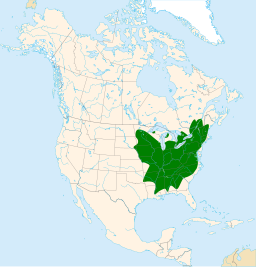The herbs consist of a light-colored, forked-shaped root, a relatively long stalk and green leaves with an oval shape.
Ginseng is believed to restore and enhance normal well-being, and is currently one of the most widely bought herbal supplements.
This Medical News Today information article provides details on the history of ginseng and its uses. In addition, the article highlights any side effects or complications associated with its consumption.
Both American ginseng (Panax quinquefolius, L.) and Asian ginseng (P. ginseng) are believed to provide an energy boost, lower blood sugar and cholesterol levels, reduce stress, promote relaxation, treat diabetes, and treat sexual dysfunction in men.
It should be noted that Siberian Ginseng (Eleutherococcus senticosis) is not a true ginseng and doesn't belong to the genus "Panax". It does belong to the Araliaceae family of plants, but consumers should be aware that it is not the same as American or Asian ginseng.
History of Ginseng
The word Ginseng comes from the chinese term "rénshen", which literally translates into "man root". It is thought to have been given this name because the root of the plant looks like the legs of a man.China
Over five thousand years ago, in the mountains of Manchuria, China, Panax ginseng was commonly used for its rejuvenating powers.The herb was considered to be a symbol of divine harmony and its human shape was highly desirable.
The benefits of ginseng were first documented during China's Liang Dynasty (220 to 589 AD).
Chinese legend has it that early emperors used to use it as a remedy for all illnesses and not only consumed it, but also used it in soaps, lotions and creams.
In the third century A.C., China's demand for Ginseng sparked huge international trade of the herb from other parts of the world - in exchange for silk etc.
North America
In 1716, a Jesuit priest in Canada heard that Ginseng was extremely sought-after in China, so he searched for the herb in areas of French Canada - environmentally similar to Manchuria.After three months of searching he finally found a herb nearly identical to Asian ginseng near the city of Montreal - the herb he found became known as American Ginseng.
Soon after the discovery of American Ginseng, botanists and herbalists found that it was common all over the deciduous forests of the eastern United States. The export of ginseng from North America to China began to explode.
However, the herb was over-harvested in the mid-1970s and soon became considered an endangered species.
Since farmers began cultivating the sensitive herb in the 1970s, American Ginseng trade has been growing steadily.
Currently, the state of Wisconsin, in particular Marathon County, produces nearly 95% of American Ginseng. The herb is also widely grown in the province of Ontario, Canada.



No comments:
Post a Comment